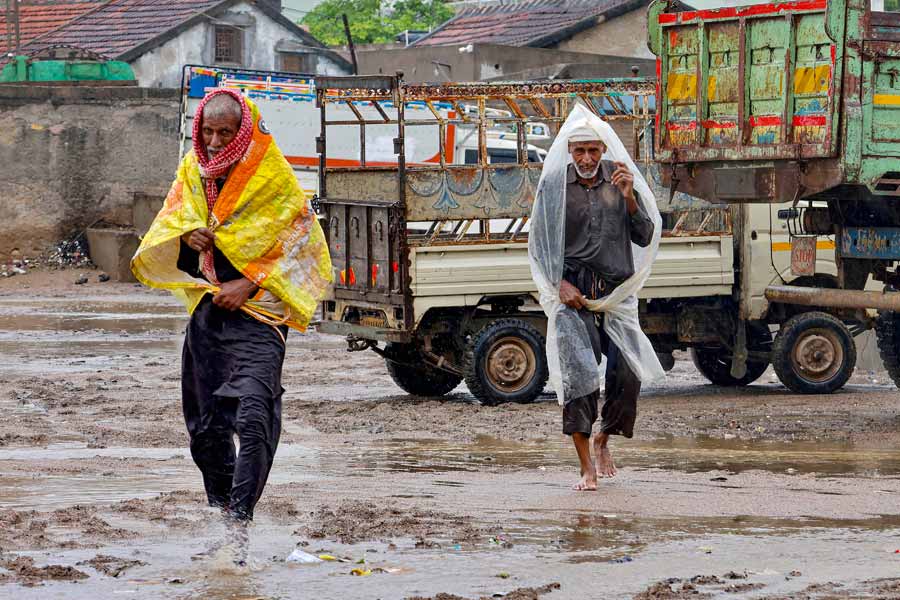The Indian Institutes of Technology have continued their relaxed cut-offs for merit-list qualification for a second year, trying to ensure the maximum possible intake in a session where their available BTech seats are set to rise by nearly 2,000.
On Friday, the institutes announced the results of the Joint Entrance Examination Advanced, with 38,705 students qualifying for the merit rankings, including 5,356 women, 7,651 Other Backward Classes, 8,758 Dalit and 3,094 tribal students.
While the 23 tech schools had offered 11,279 BTech seats last year, apart from the 800 supernumerary seats for women students, more than 13,000 seats are available this year along with close to 1,000 supernumerary seats.
Last year, the IITs had lowered their cut-off marks under instructions from the human resource development ministry, which wanted more students to qualify to be able to maintain a ratio of one seat to two candidates in every social category.
Under the original cut-offs, the overall ratio had risen to one seat to 1.5 qualified candidates last year, and to 1:1.1 in some categories.
So, the cut-off for general category students, which was 35 per cent of the aggregate marks, was lowered to 25 per cent. For the OBCs, the cut-off was reduced from 31.5 per cent to 22.5 per cent; while the Scheduled Castes and Scheduled Tribes saw their cut-off fall from 17.5 per cent to 12.5 per cent.
This year, the institutes decided to follow the lowered cut-offs although there was no such instruction from the ministry.
“We had to maintain the 1:2 ratio in every category, so we decided to continue with the same cut-offs as last year,” an IIT teacher said.
A total 161,319 candidates took the JEE Advanced this year.
Gupta Kartikey Chandresh of Ballarpur in Chandrapur district, Maharashtra, topped with 346 out of 372. Shabnam Sahay of Ahmedabad was the top woman student with 308.
The IITs have not revealed how many seats have been reserved under the newly introduced Economically Weaker Sections category for upper caste students. The government has said the 10 per cent quota can be staggered over two years.
A teacher said the IITs “are still deciding” the number of seats to be set aside under the new quota.
A total 3,636 students have qualified under the economic category, the cut-off for which is 22.5 per cent, the same as the OBCs.
Counselling starts on Saturday, when each qualified candidate will get the chance to choose their seat and institute, based on their rank. The admission process will be over in a month.










